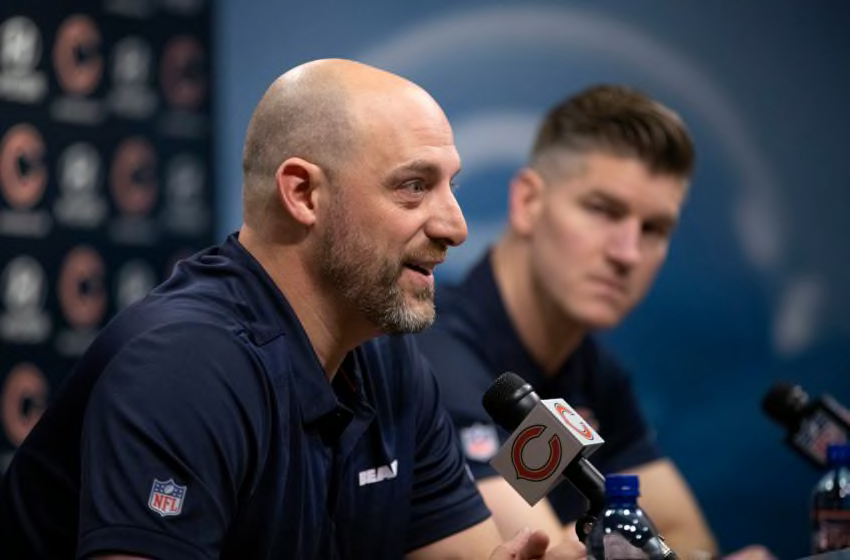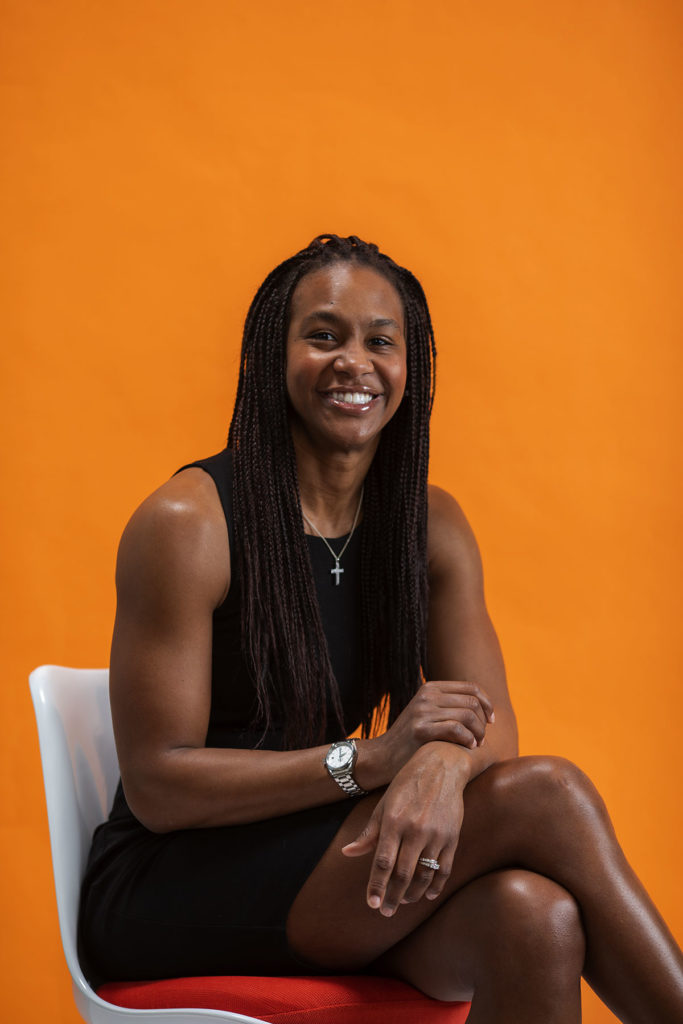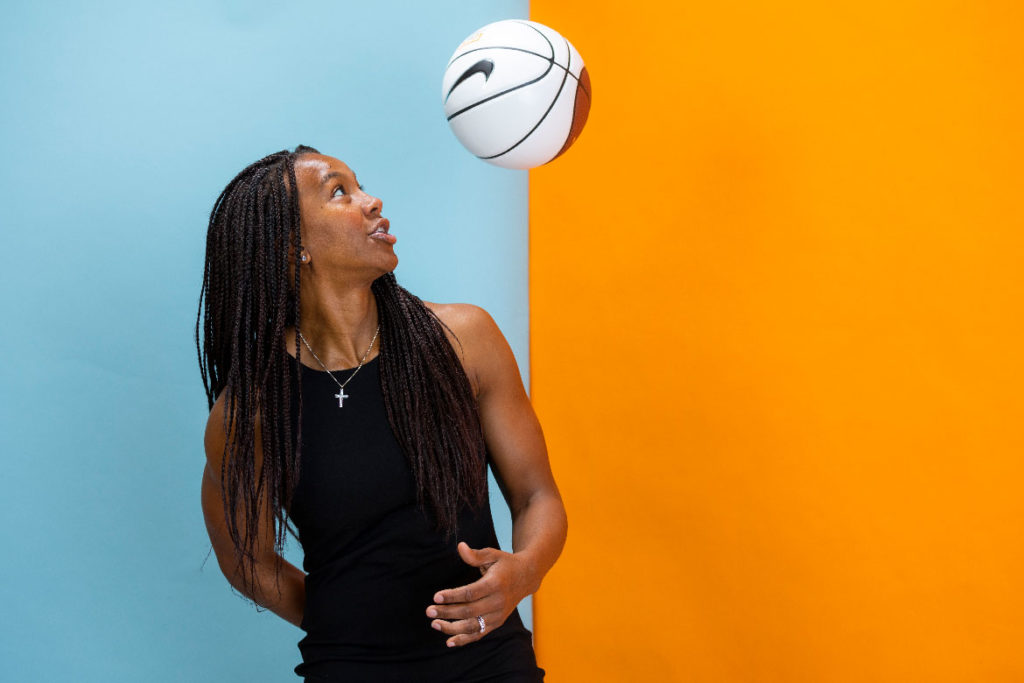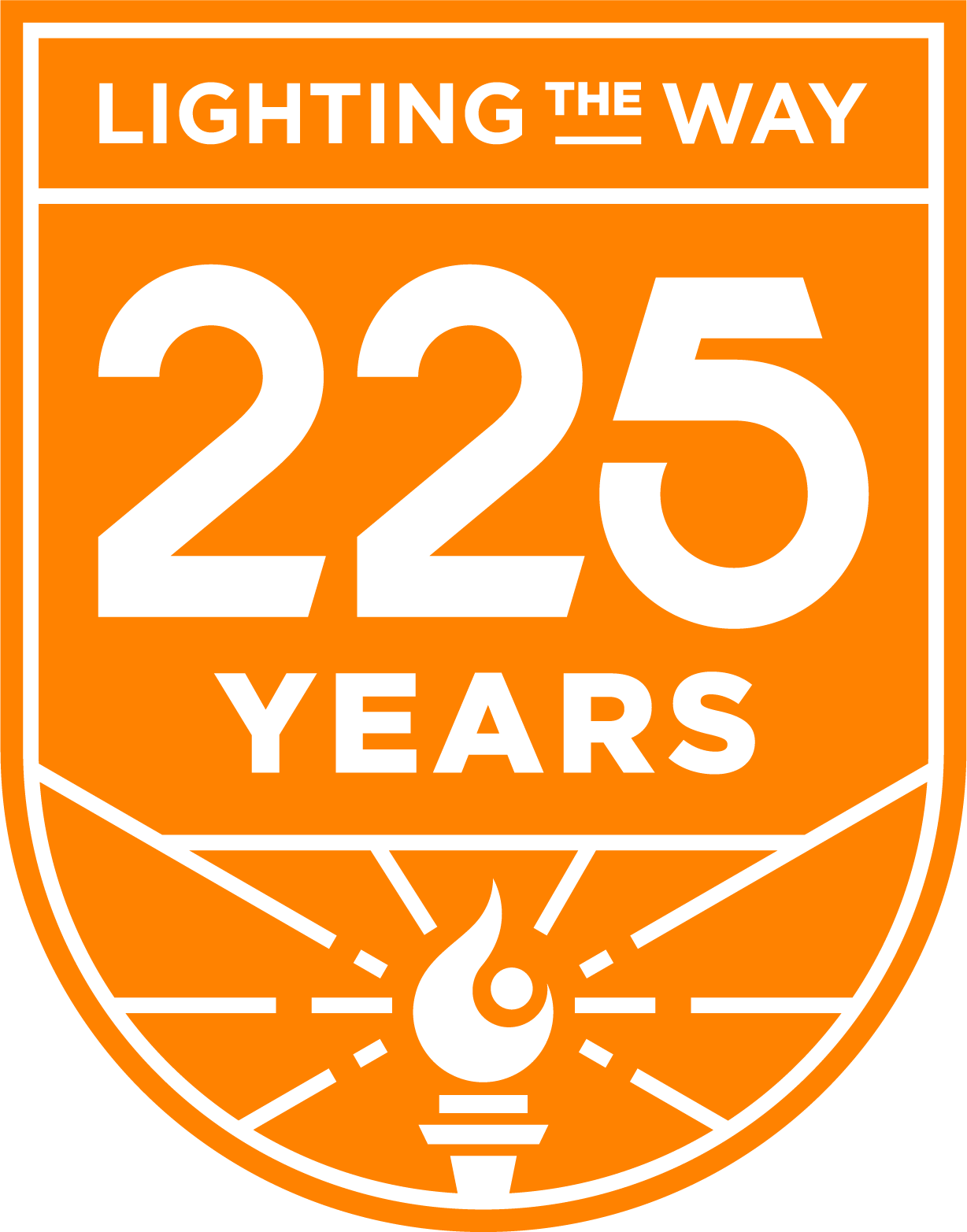Almost ten years ago, I was offered a free ticket to see New Orleans rapper Curren$y and Chicago duo the Cool Kids at Metro. I remember two details from the show: the harrowing experience of having my wheelchair pushed up two flights of stairs to the theater, then lowered back down in a process that was somehow even more grueling and scary, and the fact that Curren$y gave me a T-shirt. I go to lots of concerts, but this one stands out–and not for good reasons. First was the venue, which I’d been assured would be fully equipped to handle a person in a wheelchair, and second was that free shirt, which I promptly lost.
I still haven’t made another trip to Metro, and even now I think about that concert. I probably wouldn’t have attended without the free ticket (nothing against the artists–I just didn’t know them well), and in retrospect I’m thankful I wasn’t hugely into it. If I’d had even a marginally better time, I’d have risked it on the Metro steps again.
The Chicago live-music scene is a defining feature of the city’s cultural landscape. It’s a wide, diverse, and inclusive space, and over the decades it’s been opened up to more and more voices and audiences–people who were once locked out of the social conversation surrounding music or even locked out of the business of making and performing it publicly. But while it’s certainly good news that the willingness to accept diversity is no longer an overriding concern, the question remains: Is the scene inclusive of everyone? When it comes to accessibility for people with disabilities, the short answer is “It’s complicated.” The long answer is “It’s really complicated.”
When the Americans With Disabilities Act passed in 1990, people with disabilities were supposed to be granted an unprecedented level of access, not only to civil rights but also to public spaces and the social inclusion they offer. Language to this effect appears in every version of the act, from the 1990 original through the 2015 amendment, as well as in the disability section of the 2017 Chicago Human Rights Ordinance, which regulates accessibility in public spaces (more on that in a moment). This repetition is key, because it indicates that the legislators involved understood the importance of public spaces. Consider the other primary areas covered under ADA, such as employment, education, housing, and access to justice. Access to public spaces is on the same level–people with disabilities must be able to fully participate in culture and commerce in order to integrate themselves into modern life.
The ADA will turn 30 on July 26, 2020, and during its history tremendous strides have been made for those with disabilities–for an example, look no further than Tammy Duckworth’s service in the Senate. At a micro level, the signs of progress are all around, in the ubiquity of basic access features such as curb cuts and braille signage. It’s getting better every day, but as with all avenues of social progress, the more things improve, the more glaring the remaining failures become. Given that Chicago’s live-music scene is so thoroughly enmeshed with the city’s sociocultural past, present, and future, it’s as good a lens as any through which to examine the remaining gaps in access.
Section 600 of the 2017 Chicago Human Rights Ordinance is the most applicable legal standard for music venues–in its own words, its intent is to “implement the disability rights provisions.” Music venues are covered as public accommodations or commercial spaces and thus prohibited from discriminating against those with disabilities (section 600.202a). This includes but is not limited to providing physical access to venues, separate ticketing, accommodations for service animals, and, most relevant, the removal of barriers when necessary.
Among the accommodations covered are installing ramps, repositioning shelves, lowering buttons, and including braille translations (600.304). These modifications are required if a covered structure was built after December 31, 2016 (600.401), and if a building predates the 2017 code, then any alterations after December 31, 2016, must accommodate access to the “maximum extent feasible” (600.402). This includes adding elevators to buildings taller than three stories or exceeding 1,000 square feet of usable space, excluding areas such as storage closets (600.404). The “maximum extent feasible” standard applies broadly, though, and there’s also an overarching exception that lets businesses off the hook if accommodations would impose an outsize cost or other “undue burden.” To adjudicate claims, the city takes into account factors such as financial resources and total number of employees.
At this point, the complexity of the issue should be more clear. Yes, public spaces are required to make accommodations for people with disabilities, but the extent of such accommodations can be debated from all sorts of angles, and the diversity within the disability community makes access an ever-evolving standard. So let’s step outside the legal framework and look at the practical realities of engaging with the Chicago music scene. What’s it like to actually go to shows with a disability–in my case, using a wheelchair?
Is the scene inclusive of everyone? When it comes to accessibility for people with disabilities, the short answer is “It’s complicated.” The long answer is “It’s really complicated.”
click to tweet
I try to average a show a week, and that takes me all across the city and to all sizes and types of venues. If you do anything enough times, you start to pick up on patterns–and for me, those patterns mostly involve access. Why is this venue easier to go to than that one? How does the accessibility here affect how I need to plan my night? Why do acts I like keep playing Metro?
I’ve assessed a few prominent venues in terms of accessibility. I’ll default to legal standards only when necessary–I prefer to simply try to tell you what a night at a show looks like for me. I can only speak to my specific experiences, of course, and how they relate to my specific condition–which means I’ll be talking about mobility and wheelchair accessibility. People with other conditions may find some parallels, as may those without disabilities who are simply affected in their own way by the physical realities of a venue.
Aragon Ballroom
1106 W. Lawrence
The Aragon regularly plays host to touring acts just a step below those who can confidently book the United Center or Allstate Arena. It’s a magnificent space, with a gorgeous interior facade, and the great musicians it attracts make it nearly unavoidable.
From an accessibility standpoint, the Aragon technically has everything, but it also has fundamental flaws that create complications. The accessible section is on the third-floor balcony, but the bathrooms (a crucial part of any night out!) are on the first floor. The elevator is a rickety old relic that barely fits a single wheelchair, so getting to and from the accessible section–which is spacious, with excellent sight lines–is an ordeal.
The Aragon, like every venue I discuss here, has fulfilled its legal obligations. But on a practical level, can access be considered equal when my experience is so much more complicated? This is a small issue, but it illuminates the gap between the goal of accessibility regulations and the real-world result.
Beat Kitchen
2100 W. Belmont
This throwback watering hole has surprisingly good food and a small venue in the back. The issue is with the bathrooms–they’re down a flight of steep stairs, and there’s no elevator. No getting around that.
Co-Prosperity Sphere
3219 S. Morgan
This Bridgeport gallery, also the home base of Lumpen Radio and Lumpen magazine, hosts occasional concerts, including the annual Windy City Crash Pop Festival (in conjunction with Marz Brewing, another related enterprise). Co-Pro represents a class of hybrid or part-time venues, where you can find some of the most interesting underground or up-and-coming acts. Of course, house and basement shows are great for that sort of thing too, but most DIY venues are outside the scope of this discussion–private residences aren’t covered under the regulations outlined above. Galleries and similar converted spaces are still commercial businesses, though, and thus subject to the code.
While Co-Pro appears inaccessible, with two steps to enter, the staff have ramps for each landing that they’ll bring out. They’re not specialized pieces of equipment–you can get them at Lowe’s or on Amazon for less than $200, and they’ll support nearly all wheelchairs. They’re basic, but they make all the difference.
The space also has gender-neutral restrooms that remove another major barrier for visitors with disabilities. Gender-neutral restrooms are, in my experience, a godsend for people like me, who have larger pieces of medical equipment or require assistance. They allow for assistants of a different gender to help without awkwardness, and they’re usually larger than gender-specific bathrooms, with more maneuvering room. It’s a perfect example of how working to include one group can open the door to others.
The vast majority of venues can be made accessible, at least for entrance, with simple changes. It comes down to whether or not the people running them care to think about how they can include everyone. The Co-Prosperity Sphere puts in that thought. Lots of other venues that I don’t have the space to address in detail also do a fine job, among them Thalia Hall, Martyrs’, the Vic, Sleeping Village (though there’s no access to the edge of the stage), Schubas, and Bottom Lounge.
Empty Bottle
1035 N. Western
I need to declare my bias before I proceed. I love the Empty Bottle in a way that I doubt I’ll ever love a human person. In an increasingly homogeneous landscape, the Bottle is a glorious throwback to the days of dives. Low ceilings, low lighting, surprisingly expansive bar offerings, an outstanding calendar of local and national acts–this is the purest expression of Chicago’s no-bullshit musical aesthetic. The result is often a tightly packed crowd imbued with breathless energy, thanks to a blast-it-to-the-back-wall sound system that’s right at the end of your nose.
The Bottle is older, though, and like many older places, it has small bathrooms that make it prohibitively difficult for wheelchair users to have any privacy. You’ve either got to block the door somehow or use the restroom more or less in the open. While the statute requires bathroom access, changes to make this particular bathroom more accessible would involve at the very least knocking out part of a stall wall, which would be burdensome. Bottle owner Bruce Finkelman says the club plans to improve the accessibility of its women’s room in 2020–possibly both restrooms, if its budget permits. He also stresses that the Bottle is eager to hear ideas from patrons about how it can be better about accessibility in other areas as well. The current situation at the Bottle, as with the location of the Aragon’s restrooms, doesn’t so much exclude disabled people as make things more complicated for them–it’s one of the many challenges that remain in this twilight zone between regulation and reality.
I appreciate many things about the Bottle, but the standout feature is the staff. They should be commended for the casual and, dare I say, normal way they treat guests with disabilities. The staffs at some venues are unsure or uncomfortable when dealing with guests with disabilities, but the Bottle’s aren’t–and as a bonus, many of them are also in good bands.
No venue is without its flaws, but some have more than others. Though the House of Blues has helpful staff and is generally accessible, it doesn’t allow wheelchairs on the main floor, and its accessible section has poor sight lines. SPACE in Evanston likewise has terrible sight lines for wheelchair users, unless you manage to get a seat. The Chicago Theatre, though it’s gorgeous from the marquee on down, has a lousy accessible section that makes for a difficult experience in such a big space. And then there’s Metro.
Metro
3730 N. Clark
Metro has been in business about a decade longer than the ADA has existed, and the building it occupies went up in 1927. But judging by its level of accessibility, it hasn’t had to change a thing since the law went into effect. To explain what going to a show there is like, it’s best to walk through it step by step.
The Wrigleyville landmark has a second-floor concert hall that hosts an excellent and eclectic array of nationally recognizable acts. But to access that hall, you’ll need to negotiate two long flights of stairs and a two-step landing at the top.
To its credit, the venue understands that this might be a problem. It asks disabled people to get in touch in advance of a show: “Metro is always happy to accommodate patrons with special needs,” says owner and founder Joe Shanahan. “We ask that patrons e-mail with their name, nature of your special need, and date of the show at [email protected]. Prior notice is preferable as it helps in preparation and to ensure we have staff ready to assist the patron in the enjoyment of the show.”
This request for prior notice implies there’s a solution in place for the room’s apparent inaccessibility. The solution, unfortunately, is two ramps laid over those flights of stairs.
To clarify why this is a problem, I’ll do some math. The ADA has guidelines only for new ramps, which state that the maximum allowable slope is 1:12 (one inch of rise must have 12 inches of run), or about 4.8 degrees. Other organizations support this standard, though in my experience as a frequent ramp user, anything less than 15 degrees is fine. The average flight of stairs has an incline of 37 degrees. I haven’t measured the stairs at Metro, but even if they’re not as steep as they feel–even if they’re merely average–they’d still be well beyond the maximum slope allowed for a new ramp.
When you arrive to find these ramps, you’ll also find Metro’s entire security team waiting to push you up the stairs one grueling, nerve-wracking inch at a time. This is inelegant and exhausting enough, but then they need to manually lift your chair up the final two steps. The trip down is every bit as harrowing, but you aren’t being pushed–on my wheelchair, I had to engage the motors by tapping the joystick (which disengages the brakes) while staffers slowly guided the chair down the ramps, stopping on each landing to catch their breaths. Having the motors engaged allowed the chair to roll but didn’t let it roll freely–if it had, I would’ve been little more than lots of dead weight falling fast, and those steps leave very little margin for error. My chair weighs three times what I do, and I don’t have the muscular support to manage an accident as opposed to just being crushed. Thankfully, on the day I went, the staff were incredibly capable and good natured.
Why is this allowed to continue? At this point, you can probably rattle off a list of loopholes that might apply. In this case, installing an elevator would probably be deemed prohibitively expensive, if not infeasible due to the building’s layout. A smaller venue wouldn’t be large enough to trigger the elevator requirement, and a building on the National Register of Historic Places (just as a for instance) would have its own exemptions.
Perhaps the most effective barrier to improving access is, ironically, the bureaucracy designed to protect and uphold access. Not everyone can afford to hire a lawyer and file a compliance claim, even though sometimes such a claim is the only way to push change. Chicago has a stellar reputation when it comes to accessibility and enforcement. But many aspects of accessibility can be defined as optional, depending on the circumstances (or whether you’re dealing with someone who sees nothing but the basic necessities for survival as worthy of mandatory protection). In those cases, the intransigence of bureaucracy becomes more of an issue.
Why would I spend time and money to figure out why Metro is like this? Or to deal with a grievance procedure that will simply confirm that the venue is already in compliance? I can just not go there–or adopt the mindset, only half in jest, that I’ll go strictly for shows that I’d be willing to die to see. I’m currently debating this for Drive-By Truckers, Dan Deacon, Pussy Riot, and AJJ. But as with so many other shows, they probably just won’t be worth the risk or the effort.
That’s the real issue, isn’t it? If a venue is accessible to the standard of the law but still excludes certain people under certain circumstances, then for those people the venue is inaccessible. They’re kept out of the space, the experience, and the culture.
Also annoying is the fact that any time I spend discussing the nuances of regulation is time I can’t spend discussing music. I’d much rather tell you about all the wonderful experiences I’ve had at shows or festivals, or talk about Thalia Hall’s In the Round series, or really just address anything about the music. If I didn’t love it so much, I wouldn’t be here saying any of this.
It can feel confounding to try to solve the new access issues that have cropped up as old barriers were broken down, but I’m certainly not advocating defeatism–the first step is to see the issues. Take three seconds and ask yourself if a place is accessible for someone with a disability. Think about what that might entail, outside of “Are there steps?” (though don’t ignore that question either). Progress requires collective effort. You may have a solution or an opportunity that I don’t, or maybe you can see the situation in a different light. The ADA was put in place by a huge group of people working together, all contributing in any way they could, and it’ll surely take the same sort of effort to fix the rest of these issues.
Then we can get back to the music. v
Read More

















 The foundation started with a single basketball camp. When attendees asked if the organization had any other programs, a fitness clinic was added. Now, Catch the Stars hosts a variety of programs like a back-to-school celebration that provides more than 1,000 backpacks filled with school supplies to area children in kindergarten through 12th grade.
The foundation started with a single basketball camp. When attendees asked if the organization had any other programs, a fitness clinic was added. Now, Catch the Stars hosts a variety of programs like a back-to-school celebration that provides more than 1,000 backpacks filled with school supplies to area children in kindergarten through 12th grade.


Leave a comment